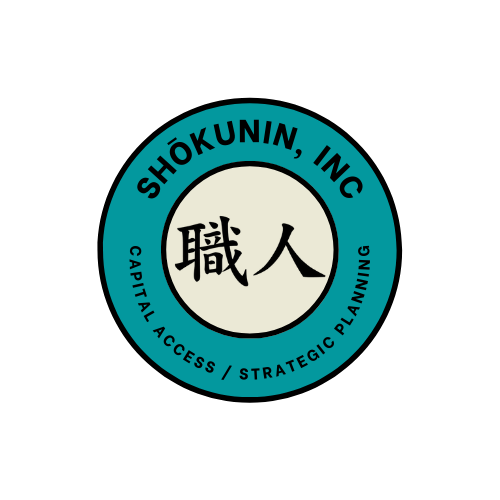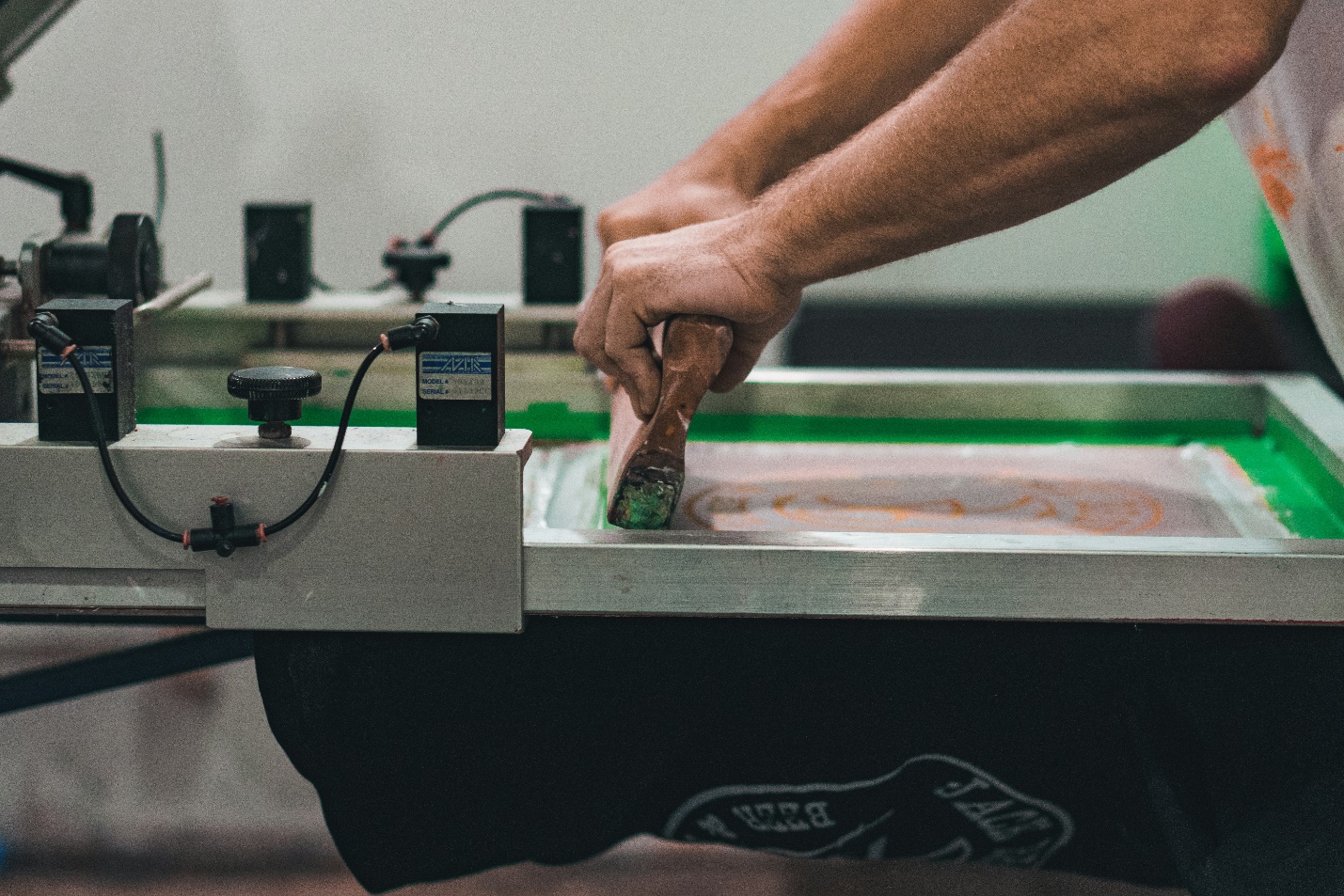For years, small business buyers leaned heavily on the “5% down + 5% seller note on full standby” formula to acquire companies using SBA 7(a) financing. It was the go-to structure for first-time buyers and searchers with limited capital.
But that reliable math? It’s being rewritten.
Effective June 1, 2025, the SBA’s new SOP guidance tightens the screws on how equity injection is verified, how seller notes are treated, and what qualifies as a good-faith cash contribution.
For would-be buyers and brokers alike, this means the goalposts just moved.
This article explains what’s changed, why it matters, and what business buyers should prepare for if they want their acquisition deals to be funded.
Quick Refresher: What Is an SBA 7(a) Loan?
The SBA 7(a) loan is the most flexible financing product in the SBA’s toolkit. It can be used for:
-
Buying an existing business
-
Partner buyouts
-
Franchise purchases
-
Equipment and tenant improvements
-
Working capital and inventory
-
Some real estate (if less than 51% of proceeds go to RE)
Loan amounts go up to $5 million, with terms up to 10 years (25 years for real estate), and interest rates tied to the Prime rate.
The 7(a) loan is guaranteed by the SBA but issued by banks and non-bank lenders, so eligibility, underwriting, and risk appetite vary by institution.
What’s the 5% + 5% Rule?
Historically, for business acquisitions, SBA allowed buyers to inject:
-
5% of the total project cost in cash, and
-
5% in the form of a seller-financed note, on full standby for 24 months
(meaning: the seller can’t receive payments for the first 2 years)
The combined 10% was treated as a sufficient equity injection, especially for change of ownership deals.
What’s Changing After June 1, 2025?
1. No More Assumptions: Lenders Must Verify the Buyer’s Skin in the Game
The updated SOP stresses that equity injection must be real, verifiable, and unborrowed. While the “5% cash + 5% standby” structure is still technically allowed, SBA is putting the burden of proof squarely on the lender and the CDC (for 504) to ensure that:
-
The buyer truly contributes 5% of their own funds
-
The seller note is not disguised equity or used to inflate valuation
-
No side agreements exist for early payoffs, offsets, or “hollow” notes
Expect lenders to require:
-
Bank statements showing seasoned funds
-
Gift letters (if applicable)
-
Clear seller note terms—with no funny business
2. SBA Is Looking Harder at Business Valuations
The SBA already requires an independent business valuation if the loan amount is over $250,000 and there’s a change of ownership between unrelated parties. But under the new guidance:
-
Valuations must justify the purchase price, especially when no real estate is involved
-
The structure of the deal must match the valuation assumptions
-
Seller financing that “fills the gap” between valuation and asking price won’t fly unless well supported
Key takeaway: If the seller wants $1.5MM and the valuation comes in at $1.2MM, you may be on the hook for the difference—or the deal may need to be renegotiated.
3. Working Capital Is No Longer a Throw-in
Previously, SBA loans often included a healthy chunk of working capital on top of the purchase price, especially in asset-light businesses. Going forward:
-
Working capital must be tied to actual business needs, with breakdowns and use-of-proceeds documentation
-
Lenders may scrutinize assumptions more closely
-
Unused working capital cannot be treated as buyer equity (even if it ends up sitting in the business account)
This affects search fund deals, where buyers need cash runway. Lenders will want to see a post-close budget that supports the use of those funds.
4. SBA Wants to Prevent Circular Money
Perhaps the most overlooked (but consequential) change is SBA’s crack-down on borrowed equity disguised as “cash.”
If you’re using a business credit card or personal loan to free up cash that then becomes your “down payment,” it’s a problem.
Under the new SOP:
-
Money is fungible, yes—but the source still matters
-
The buyer cannot borrow their down payment unless the borrowed funds are from an unconditionally subordinated loan (which has specific rules)
-
Lenders must document the path of all funds and assess whether they were indirectly borrowed
Expect increased underwriting friction on this issue—especially if your liquidity is razor-thin.
5. Seller Notes Must Be Real Debt, Not Soft Padding
The SBA has clarified that a seller note must be legitimate debt, with:
-
Market-based interest
-
A formal promissory note
-
Payment schedule (even if deferred)
-
No side letters for early forgiveness or balloon payouts
Any deviation can invalidate the note’s treatment as equity—or worse, cause the loan to be ineligible.
What Does This Mean for Buyers?
Let’s say you’re acquiring a business for $1 million. Under the old structure:
-
You put in $50,000 cash
-
Seller carries a $50,000 note on full standby
-
SBA lender provides the rest
Post–June 1, lenders will want to verify:
-
You didn’t borrow the $50K from a line of credit
-
The seller note is properly documented and not repayable early
-
The deal valuation supports the $1MM price
-
The business generates enough cash flow for DSCR and working capital
If any of those pieces are shaky, you could be asked to inject more equity, restructure the deal, or seek alternative financing.
What Should You Do Now?
If you’re working on an acquisition using SBA 7(a) funds, here’s how to stay ahead of the changes:
-
Lock in your deal before June 1, 2025, if possible – Loans submitted prior to the deadline may be reviewed under the old SOP, depending on the lender
-
Firm up your equity injection and paper trail – Document where your 5% cash is coming from—and don’t assume a seller note will be enough
-
Make sure the valuation supports the deal – Ask your lender if they’ve pre-ordered a valuation. If not, request one early so you can adjust as needed
-
Avoid side deals with the seller – Keep your seller note clean. Any backdoor agreements can make the whole loan ineligible
-
Work with an SBA-experienced team – You need a lender who knows how to navigate SBA’s shifting standards—and a broker like us who can help structure it right
Going Forward
The SBA hasn’t outlawed the 5% + 5% structure—but it has put it under a microscope. If you’re serious about acquiring a business using 7(a) financing, you’ll need to bring clarity, documentation, and a well-supported deal to the table.
The good news? If your deal is strong, your equity is clean, and your plan is sound—SBA 7(a) remains one of the most powerful funding tools for business ownership and growth.
Need Help Structuring Your Acquisition?
We help buyers navigate the SBA maze with confidence—from pre-qualification to close. If you’re planning to buy a business and need financing, reach out today. We’ll walk you through your options and build a structure that works.


Leave a Comment